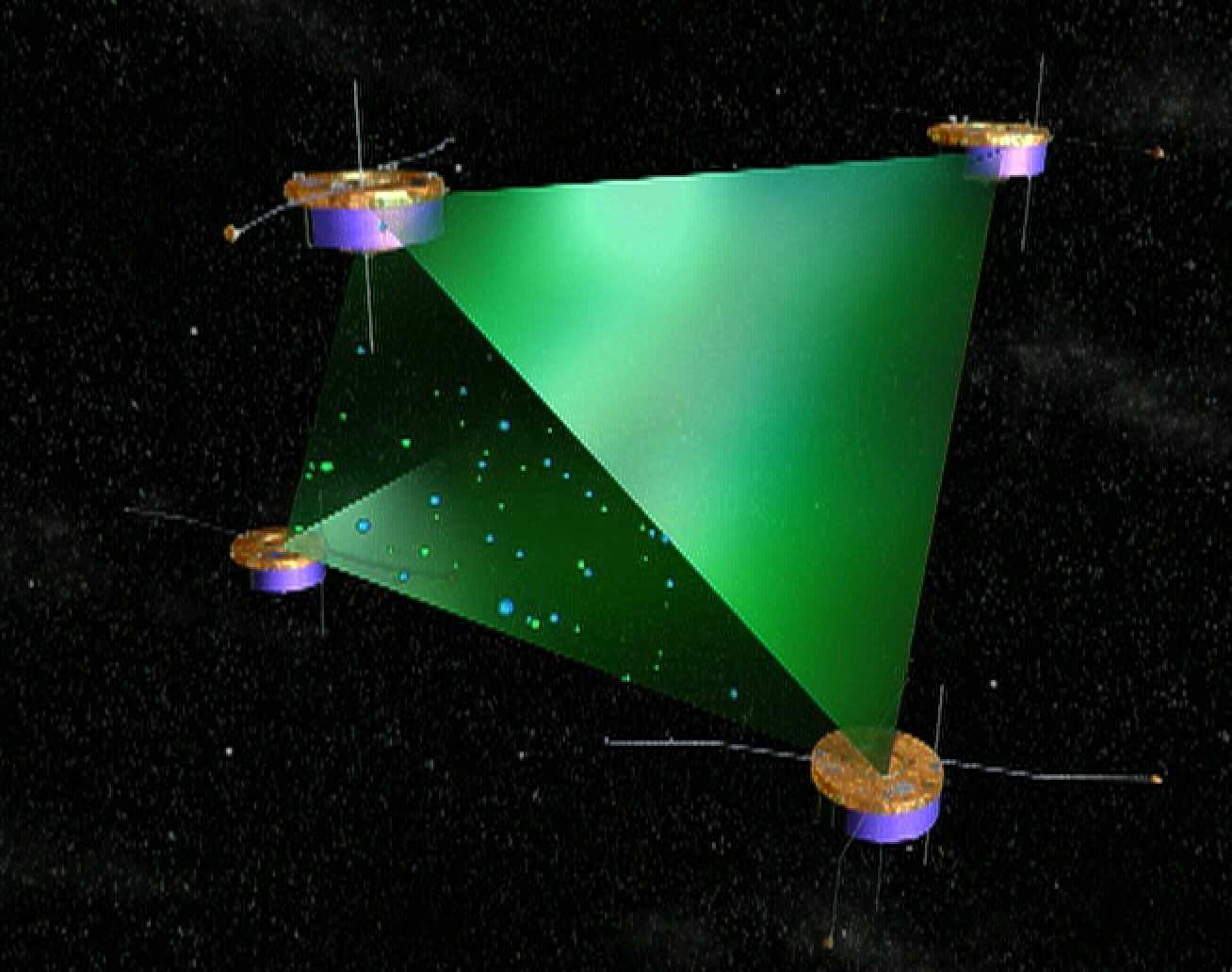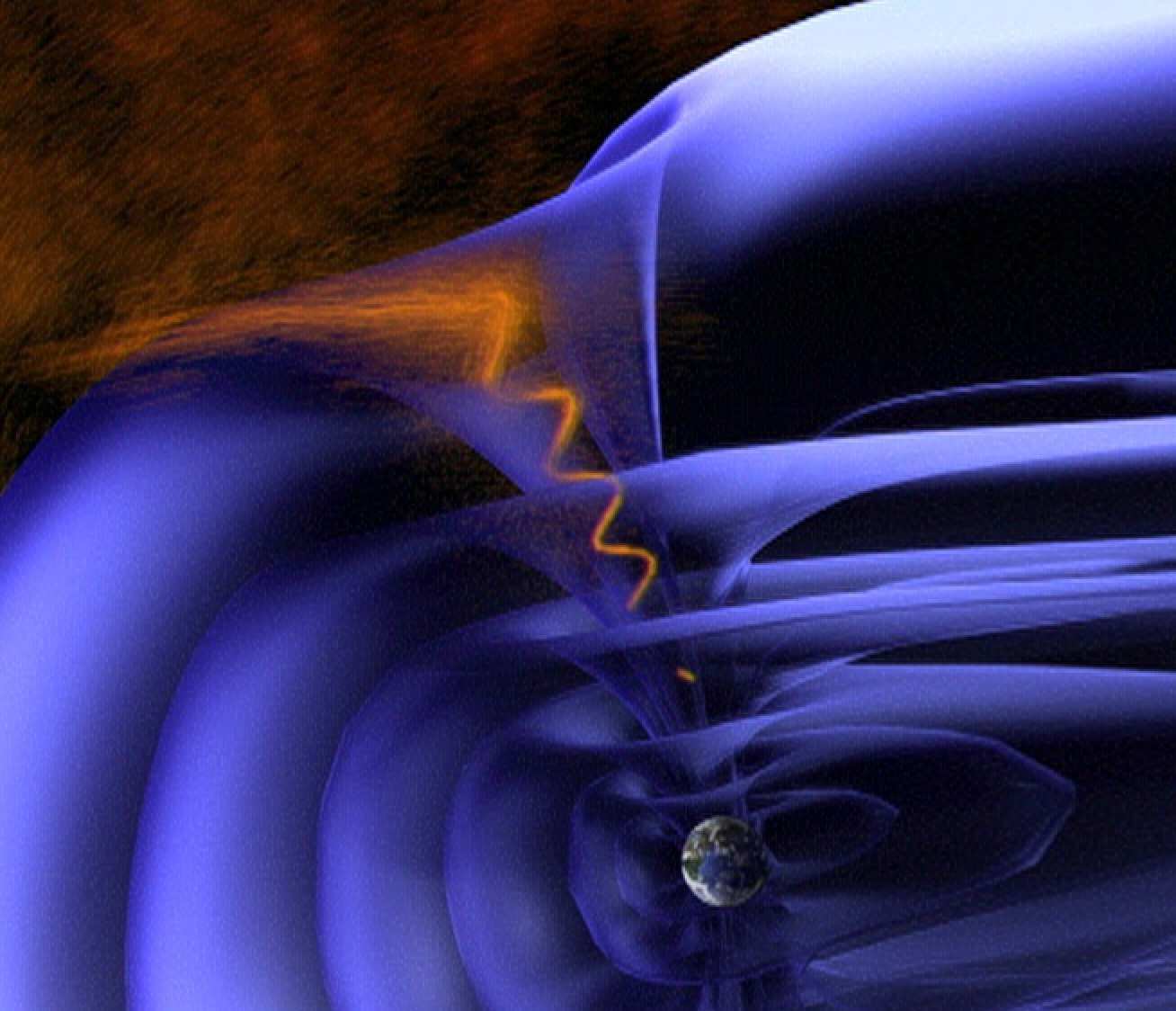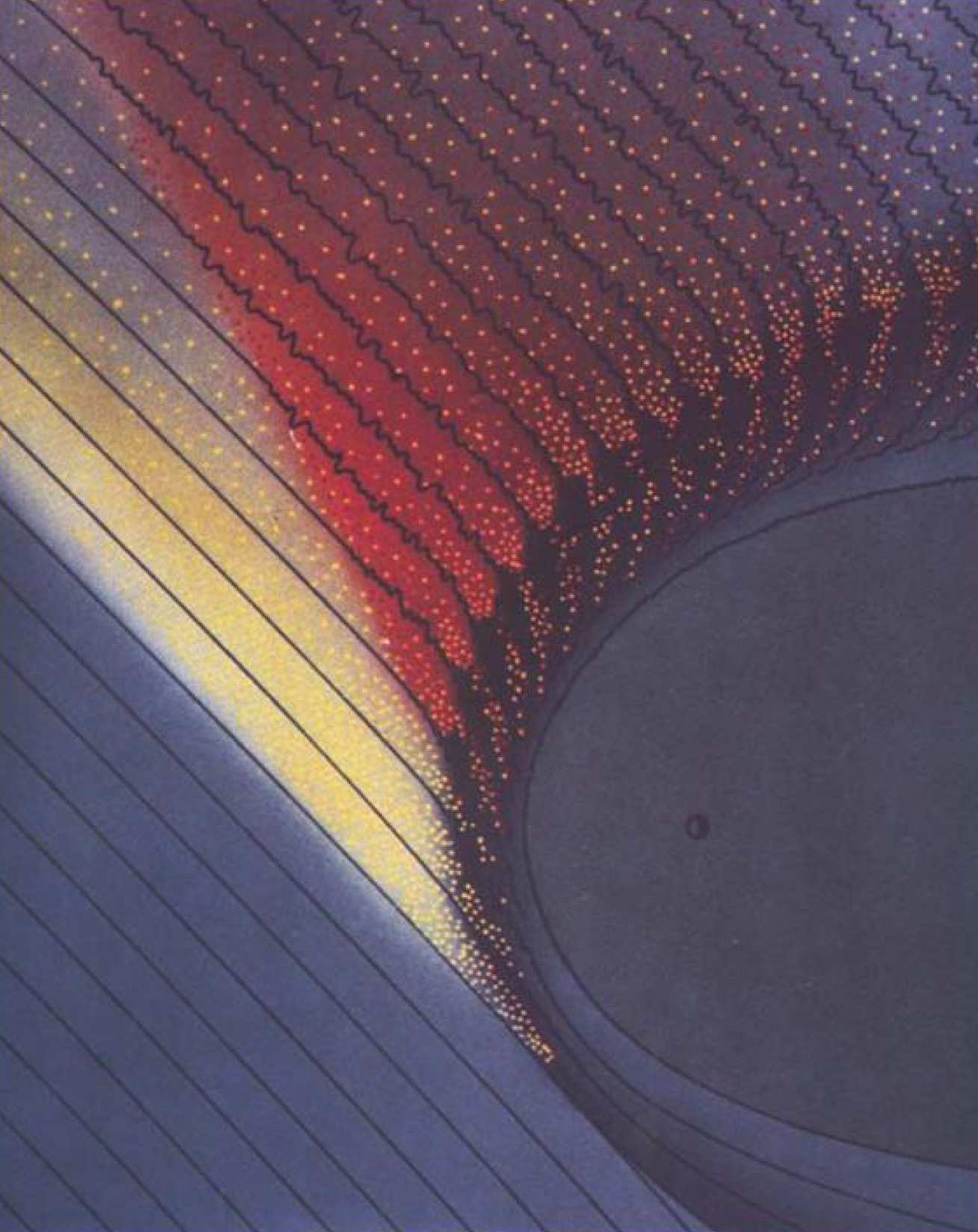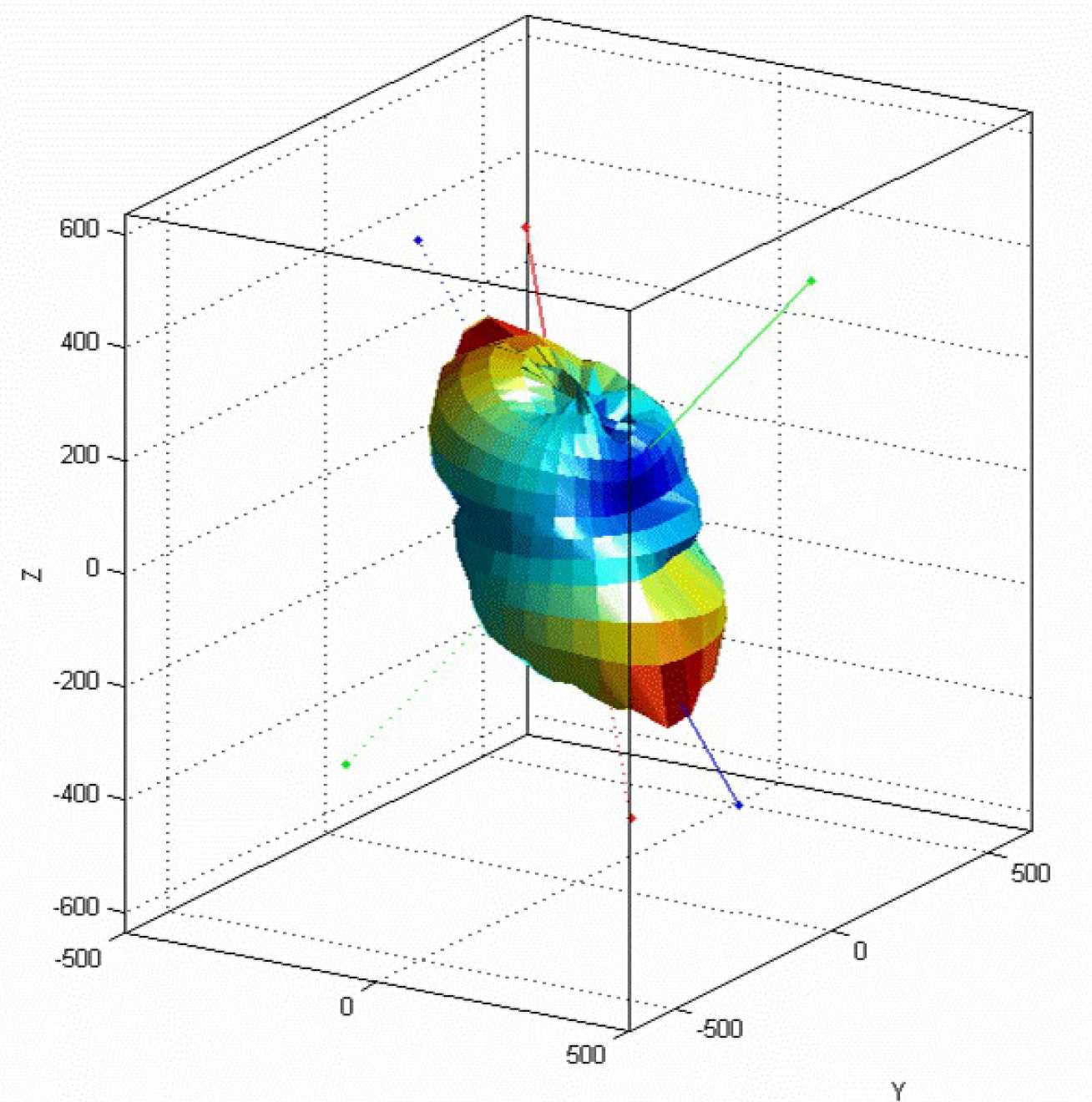
The magnetic field is a key property of collisionless plasmas and ground-breaking new results on the 3D properties of collisionless plasma processes have been found as a direct result of the measurement of the magnetic field at four points. For example: the calculation of the orientation and motion of plasma boundaries, including the motion of the bow shock, magnetopause and cusp; measurements of local current density, both at the magnetopause and in the tail current sheet; the unambiguous identification of wave vectors for fluctuations upstream of the bow shock, in the magnetosheath and cusp; determination of wave modes supported by the magnetotail. Consequently we are beginning to quantify and understand inherently three-dimensional plasma physics processes in a way never before possible. In addition, knowledge of the magnetic field is essential for understanding measurements of particle distributions, and for contextual information in many studies.
Cluster Science

Understanding the processes operating at collisionless shocks was, and remains, a key Cluster target. The scale size and variability of the Earth's bow shock under a variety of boundary conditions has been addressed. When ions are largely restricted from escaping upstream, a thin shock tends to be seen, with the scale determined by the distance to which ions can reach upstream before being carried into the magnetosheath. On a large scale the orientation and shape of the bow shock surface is found to be remarkably stable, while on shorter time scales the shock transition undergoes rapid variations as part of a reformation process.
Sometimes small changes in the upstream conditions can generate an explosive, non-linear response at the shock consisting of a rapidly expanding bubble of hot plasma. These events, called Hot Flow Anomalies (HFAs) contain sufficient energy to perturb not only the bow shock, but also on occasion the magnetopause as well. Cluster data allowed the first unambiguous determination of the shape and expansion rate of these events, as well as making the first measurements of their time evolution. Current work is building on these results to examine whether HFAs represent a generic particle energisation mechanism which might operate at other collisionless shocks in the solar system and beyond.
When ions can easily escape upstream, away from the shock, the sharp shock transition is replaced by an extended region populated by magnetic pulsations, which act as an ensemble to slow and deflect the plasma. The overall scale size (10s of thermal ion gyroradii) and the scale on which the magnetic field shows significant changes (1-2 thermal ion gyroradii) have been studied using the four point data. Most recently the growth of these structures on time scales of a few seconds has been sampled.

The high altitude cusp has been a very active area of Cluster research. As a region it is essential in understanding the flow of energy into the ionosphere, and it exhibits complicated variability on scales from 100 km to 5000 km. It has been demonstrated that its properties are highly dynamic, and that they are strongly dependent on the interplanetary magnetic field, solar wind conditions and the location of dayside or high latitude reconnection, implying that strong coupling exists between the regions. Inside the cusp variations in wave properties are observed on very small scales perpendicular to the magnetic field (<100 km), and it has been demonstrated that the occurrence of fluctuations near the ion cyclotron frequency is linked to plasma jets arising from lobe reconnection under conditions of northward IMF.
Studies of the magnetopause motion and thickness show that the magnetopause velocity is highly variable, with high acceleration up to 10s km/s2 in response to upstream conditions, but that its thickness changes on a longer timescale. Making the first direct estimate of the Chapman-Ferraro magnetopause current density showed that the current direction tracked the independent estimate of boundary orientation, even when a magnetopause boundary wave was present.

Four point magnetic field data allow the unique mode identification of foreshock waves, including those generated by ion beams generated by the bow shock, and the relationship between the waves and the ion beam properties to be explored. A novel technique for quantifying the scale size of structures in different directions was also applied to low frequency foreshock waves, showing that while the waves are approximately planar on scales of 5000 km, with a wavelength of 1-3 RE, they had a finite scale size of 8-18 REin a direction perpendicular to their wavevector. Thus it was found that these waves are likely to generate a coherent variation over a large portion of the bow shock.

Mirror modes are large anti-correlated variations in magnetic field and plasma density, common in the compressed magnetosheath plasma. Theory predicts that they should be stationary in the plasma frame, and Cluster data were used to show conclusively for the first time that this was the case. The magnetosheath is also populated by turbulent fluctuations. A new initiative has just been started at Imperial College to study the broad band spectral characteristics of the waves, building on earlier Cluster work led by European colleagues who identified multiple co-existing MHD wave modes.

A number of collaborations with European and American FGM Co-Investigators are ongoing. For example, statistical analysis of travelling compression regions in the lobe have directly demonstrated for the first time that they are signatures of reconnection at multiple X-points. Statistical analysis of the direction of TCR propagation can therefore be used to infer the location of the near-Earth neutral line: an essential component in understanding substorm occurrence and the resulting energy flow in the magnetospheric system. Recent Cluster observations of the magnetic field and plasma velocity suggest that ion outflows can sometimes be observed simultaneously from two separate reconnection sites. Previous studies of single spacecraft data relied on the assumption that this was not the case, leading to the conclusion that some single spacecraft data might have been incorrectly interpreted.